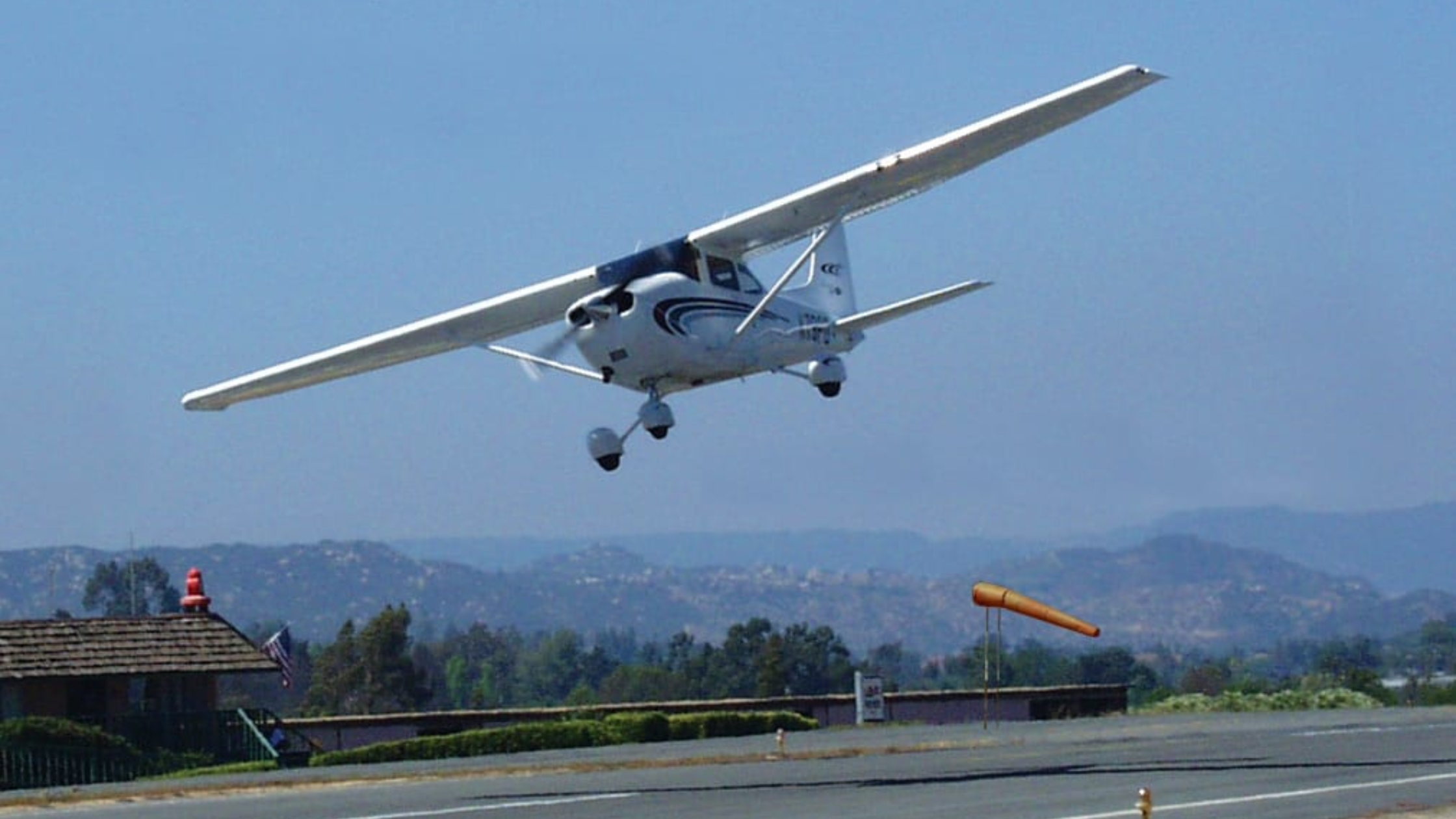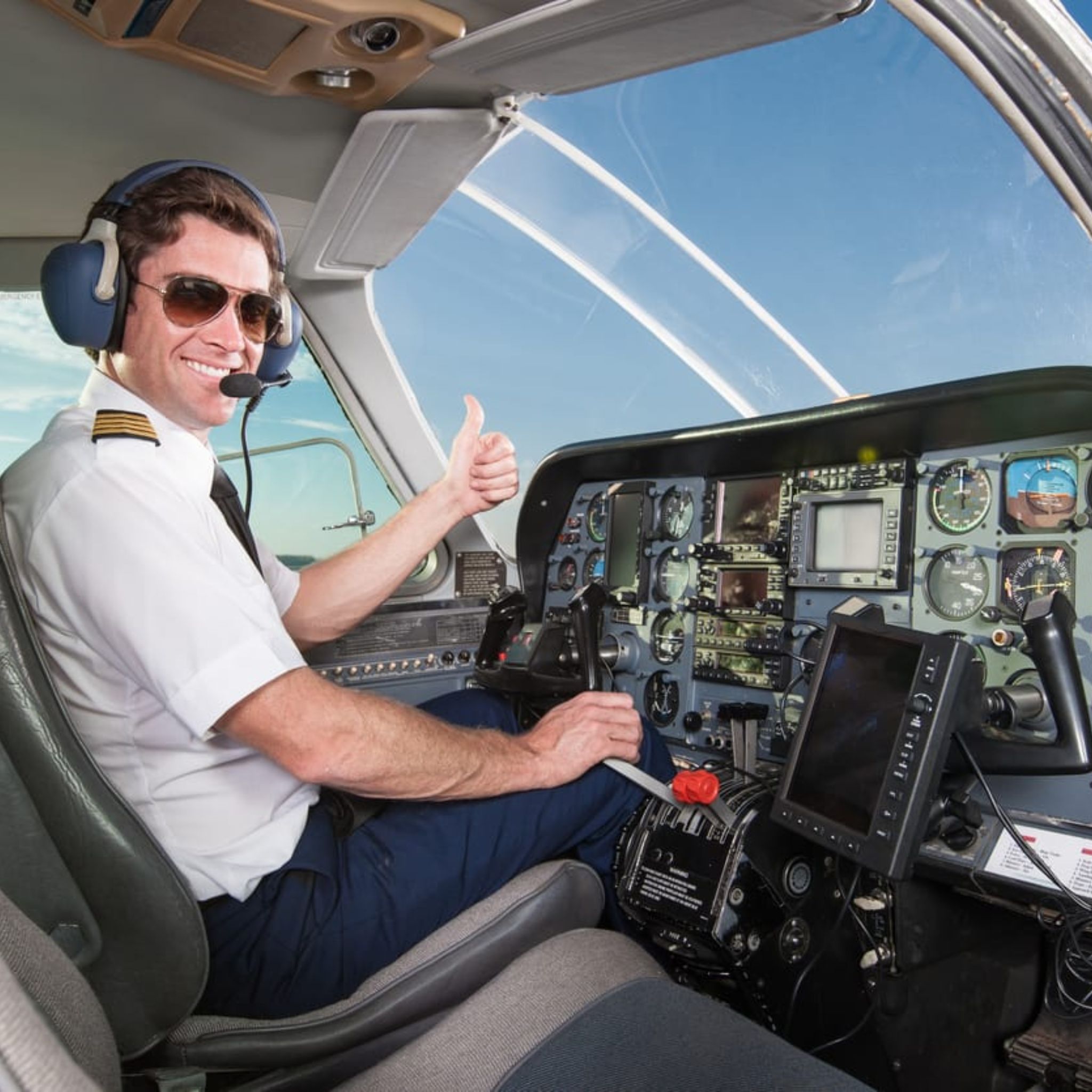
Mastering Crosswind Landings: Tips for UK Pilots
Mastering Crosswind Landings: Tips for UK Pilots
Landing an aircraft is a skill every pilot refines over time, but throw in a crosswind, and it can turn into a true test of nerves and precision. If you're flying around the UK, where blustery conditions are part of the norm, mastering crosswind landings isn't just a skill—it's a necessity. Here's how to sharpen your technique and land like a pro, even when the winds aren't playing fair.
Understanding Crosswinds in the UK
British weather is famously unpredictable, and that means crosswinds can pop up when least expected. From coastal airfields like Shoreham to open inland runways, you need to be prepared for those gusts. Understanding wind patterns, terrain influences, and reading the windsock early can give you the upper hand before even starting your approach.
Techniques to Tackle Crosswinds
-
The Crab Method: Approach the runway with the nose pointed into the wind to stay aligned with your track. Just before touchdown, de-crab by aligning the aircraft with the runway.
-
The Wing-Low Method: Lower the wing slightly into the wind while using opposite rudder to maintain runway alignment. This keeps one wheel landing first, giving you better control.
-
Combination Approach: Many pilots find blending these two techniques offers the best control, especially in variable gusts.
Key Tips for Smooth Crosswind Landings
-
Know Your Limits: Always be aware of your aircraft's crosswind component limits and your personal comfort level. Don’t push beyond what feels safe.
-
Use the Rudder: Precision with the rudder is key for alignment. Practicing rudder control during calm conditions can pay dividends when the wind picks up.
-
Flaps and Speeds: Consider reducing flap settings to improve handling, and approach slightly faster to account for gusts.
-
Practice, Practice, Practice: Simulators can help, but nothing beats real-life experience. Seek out crosswind conditions (safely) to hone your skills.
Dealing with Go-Arounds
Sometimes, the best landing is the one you don't attempt. If things aren’t lining up, don’t hesitate to go around. It’s a sign of good judgment, not failure.
Final Thoughts
Crosswind landings can be intimidating, but with practice and patience, they become just another part of your flying toolkit. Embrace the challenge, learn from each experience, and soon you'll be handling those gusty arrivals like a seasoned pro.
Have any crosswind landing stories or tips to share? Drop them in the comments and let's help each other stay sharp!


